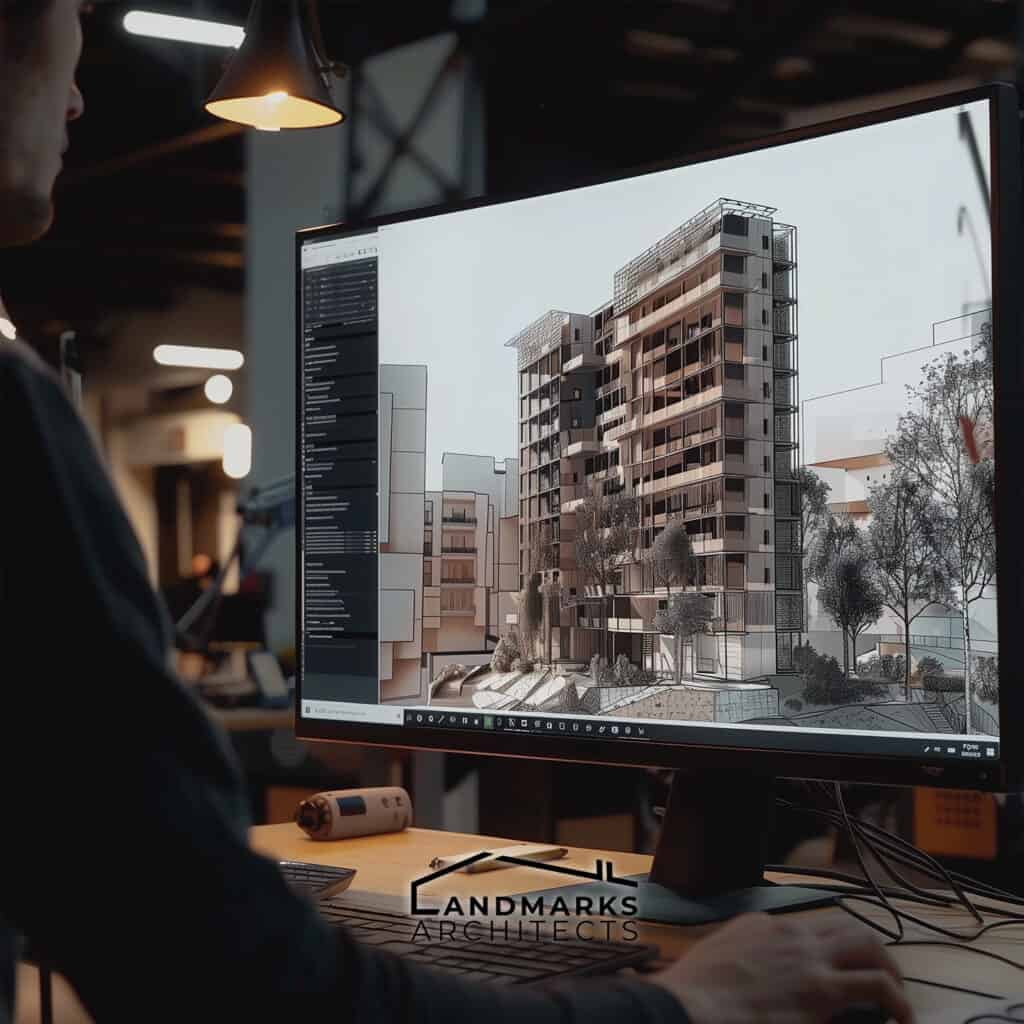
Are you ready to breathe life into architectural visions that surpass the mundane? As a visionary homeowner or developer, you deserve spaces that resonate with your unique essence. Walkthroughs, akin to guided tours, plunge viewers into the heart of the design, allowing them to experience the space as if they were physically present.
At Landmarks Architects, we empathize with the frustration of settling for generic solutions. We stand poised to illuminate your path.
In this article, we will undertake a transformative exploration:
- Evolution from hand-drawn sketches to advanced 3D rendering and VR.
- Rendering techniques: photorealistic, non-photorealistic, and real-time rendering.
- Explain animation techniques like flythroughs, walkthroughs, and cinematic animations
- Highlight the benefits and challenges of integrating VR and animation in architecture, emphasizing enhanced communication, decision-making, and early issue identification.
Are you eager to manifest your vision? Explore how you can realize a design that authentically mirrors your identity.
Rendering and Animation in Architecture
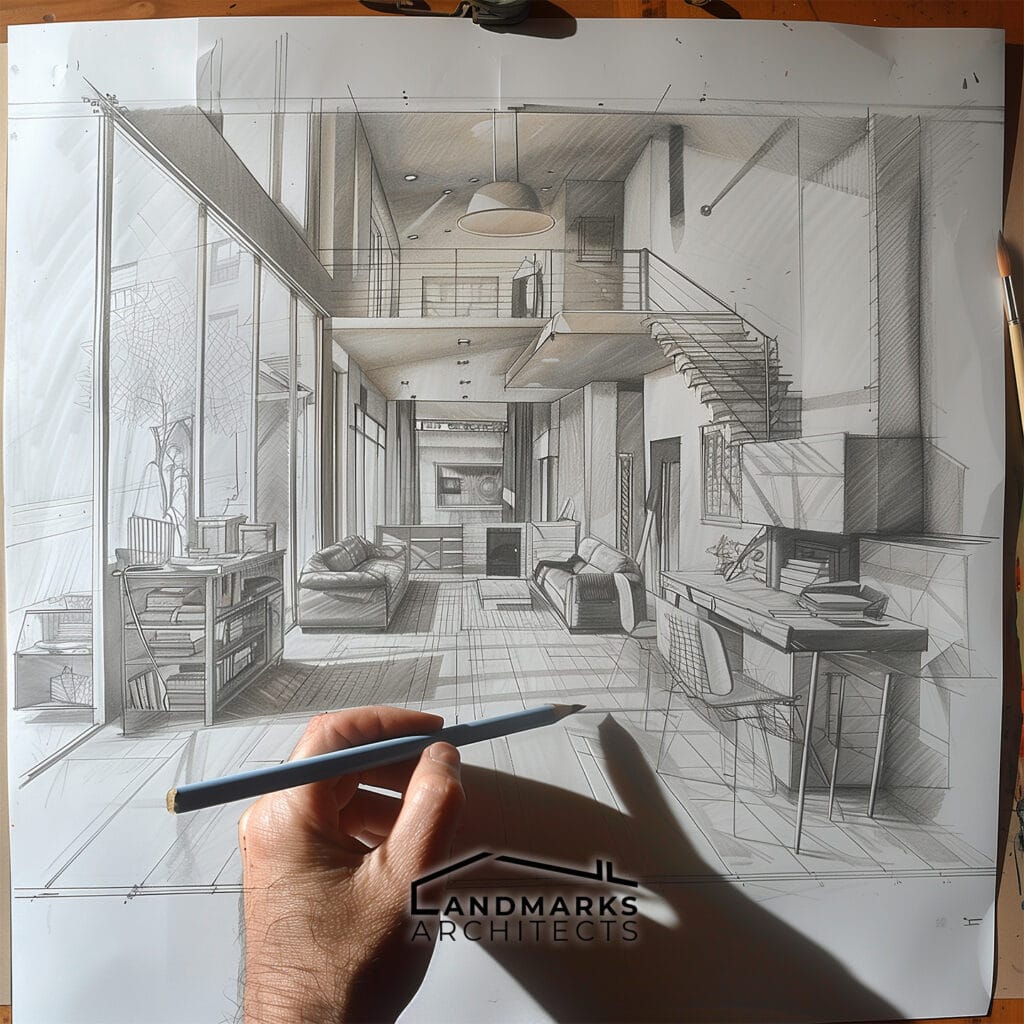
The evolution of rendering and animation in architectural design traces a path from traditional methods like hand-drawn sketches and physical models to advanced technology. Initially, these methods effectively conveyed design concepts but lacked full stakeholder immersion.
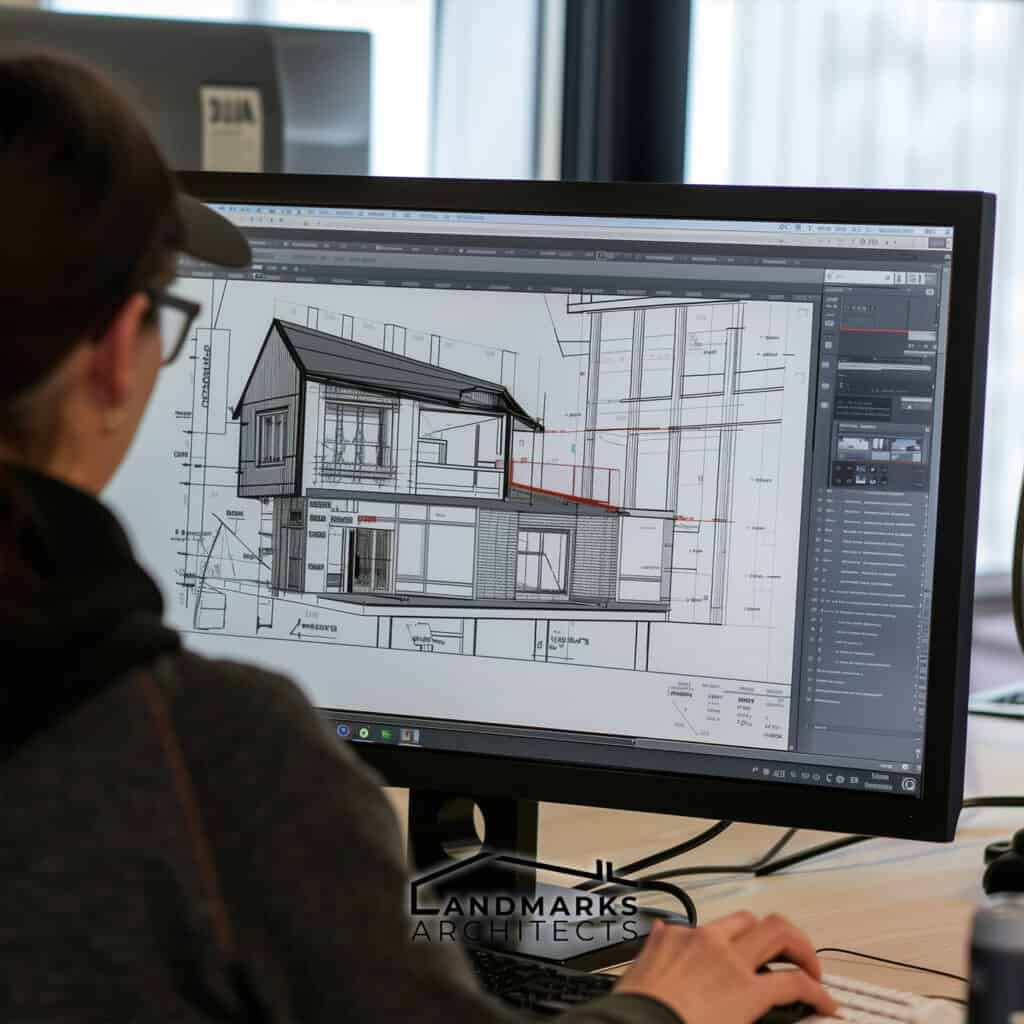
The transition to 2D computer-aided design (CAD) renderings improved precision and detail, enhancing stakeholder communication. However, it was the advent of sophisticated 3D rendering software that unlocked the true potential of architectural visualization.
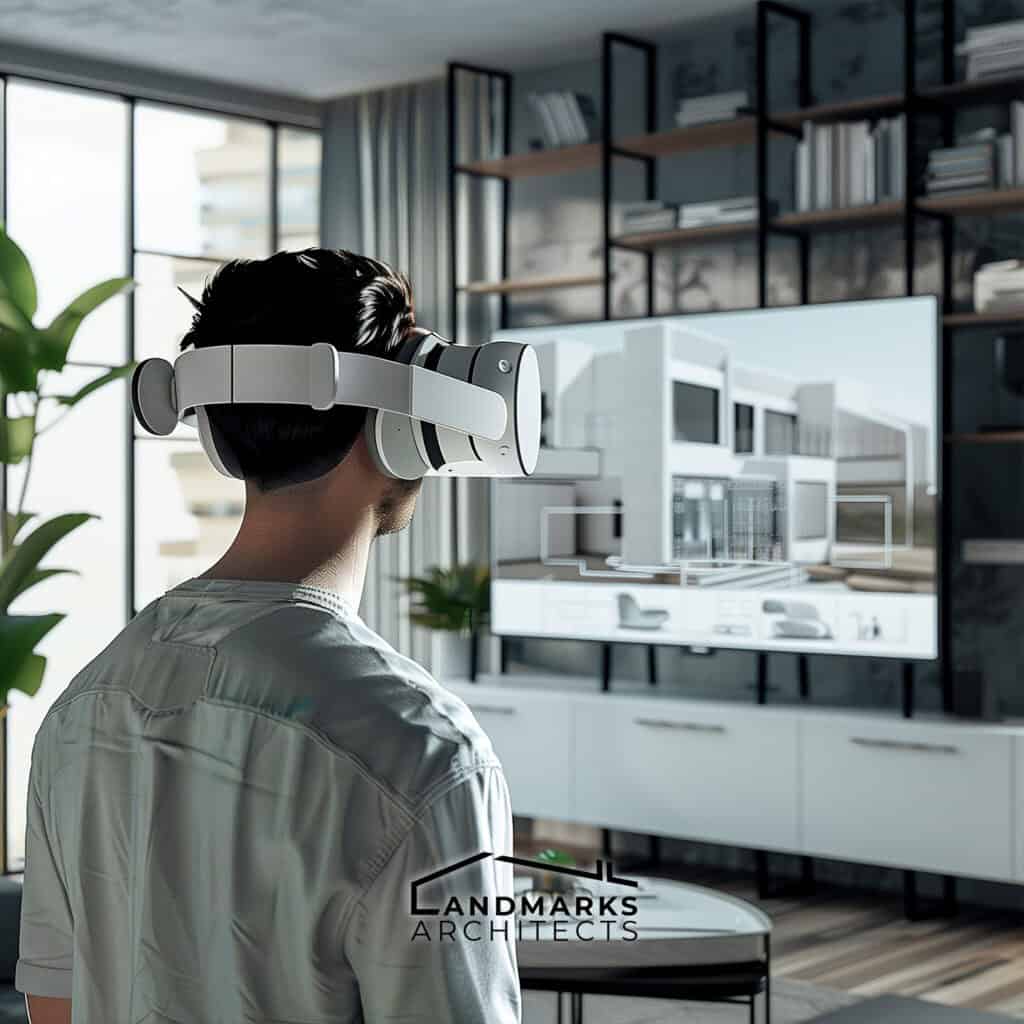
Technological advancements, particularly in computer graphics, enabled realistic and immersive visualizations, blurring the lines between imagination and reality. The rise of virtual reality (VR) further enhanced the field, providing immersive experiences for stakeholders to explore architectural designs firsthand.
Rendering Techniques
1. Photorealistic Rendering
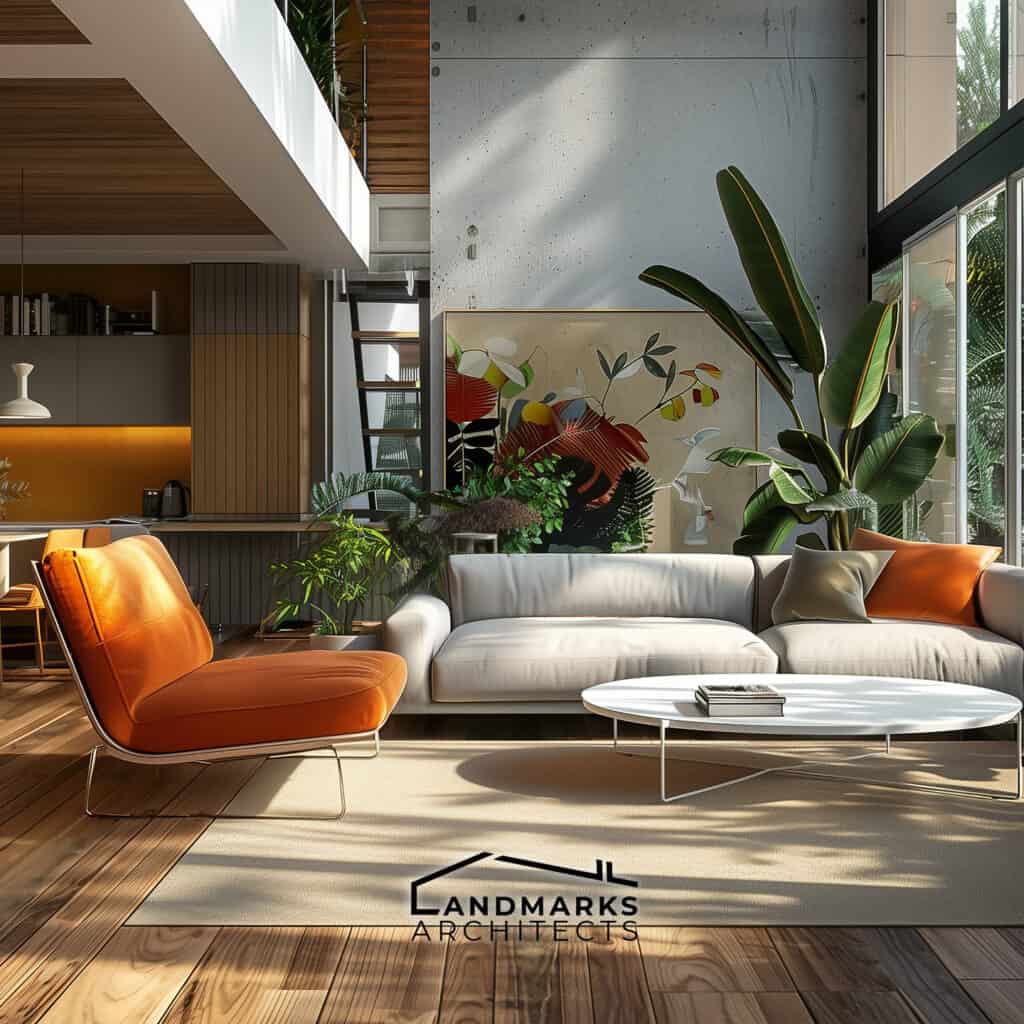
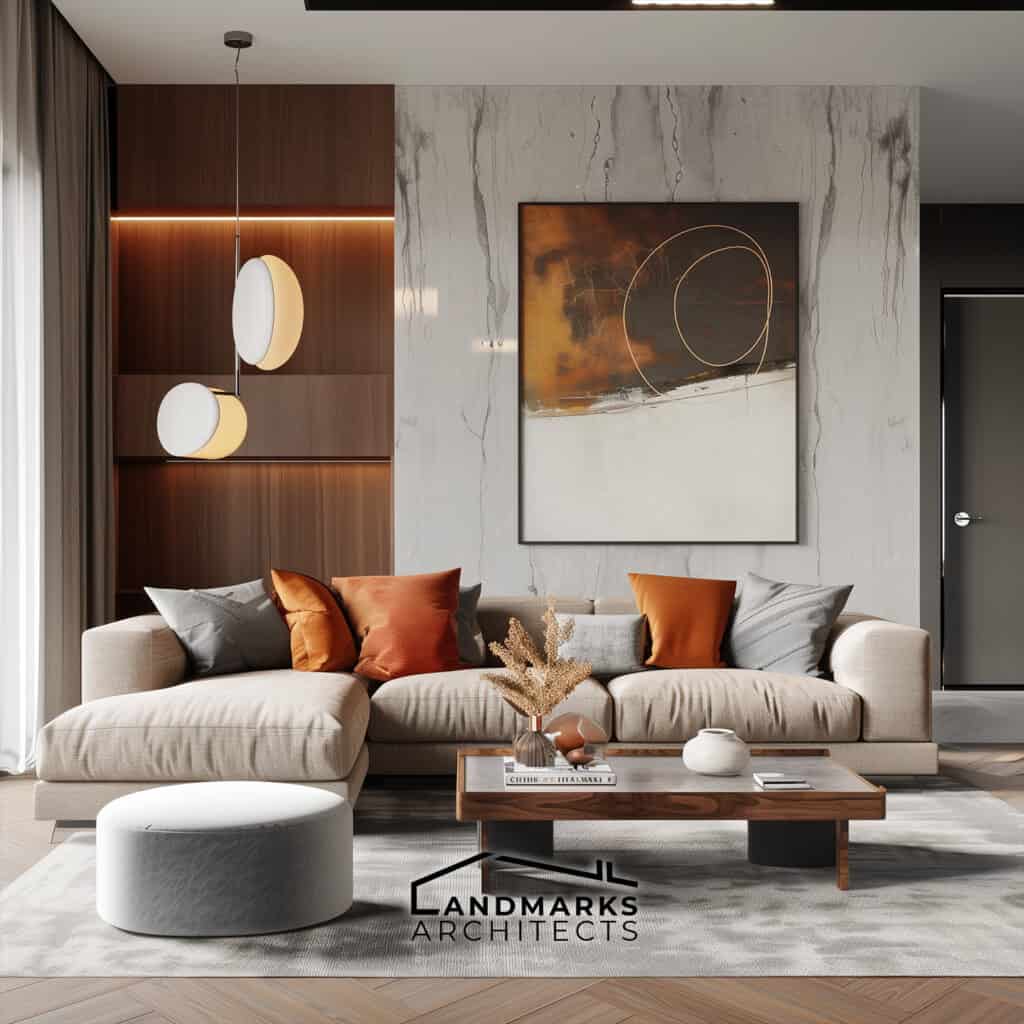
Photorealistic rendering employs advanced techniques like ray tracing, global illumination, and texture mapping to create highly detailed and realistic images resembling real-world scenes.
2. Non-Photorealistic Rendering (NPR)
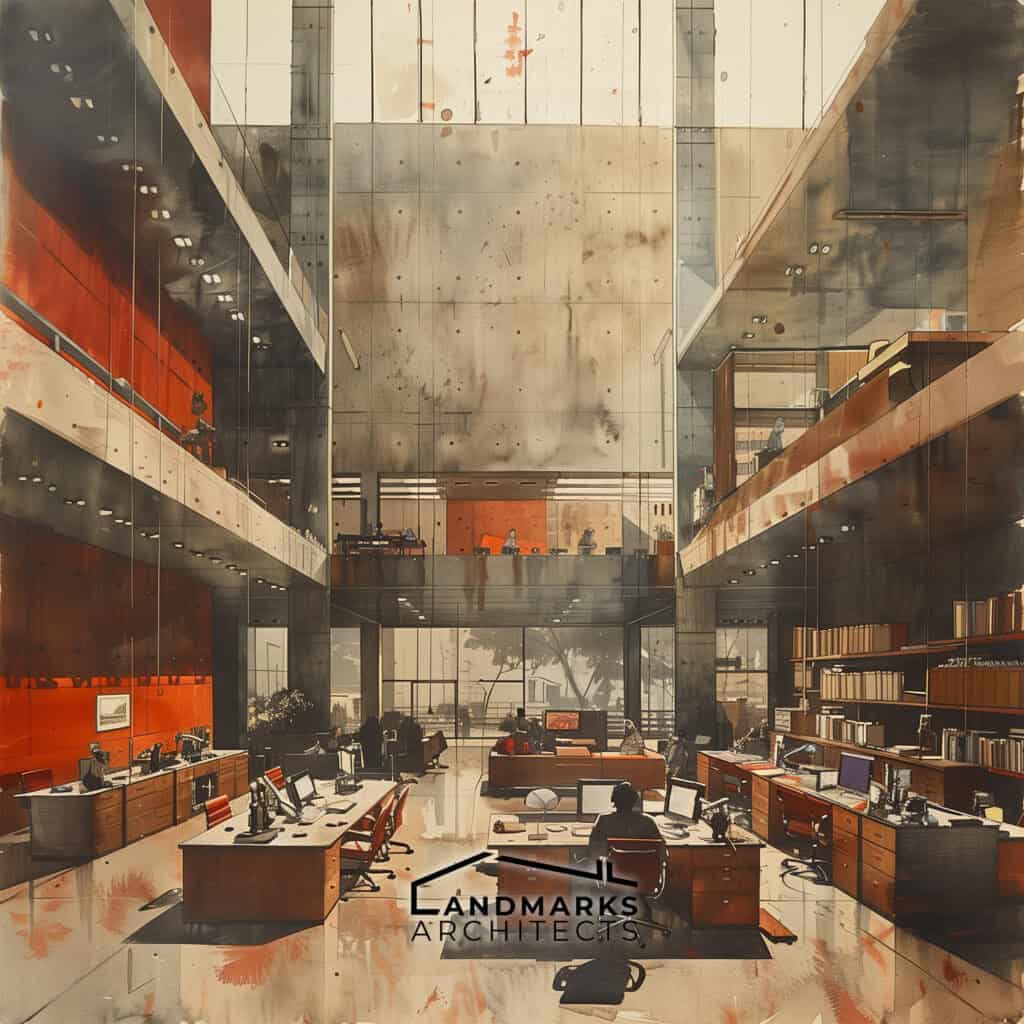
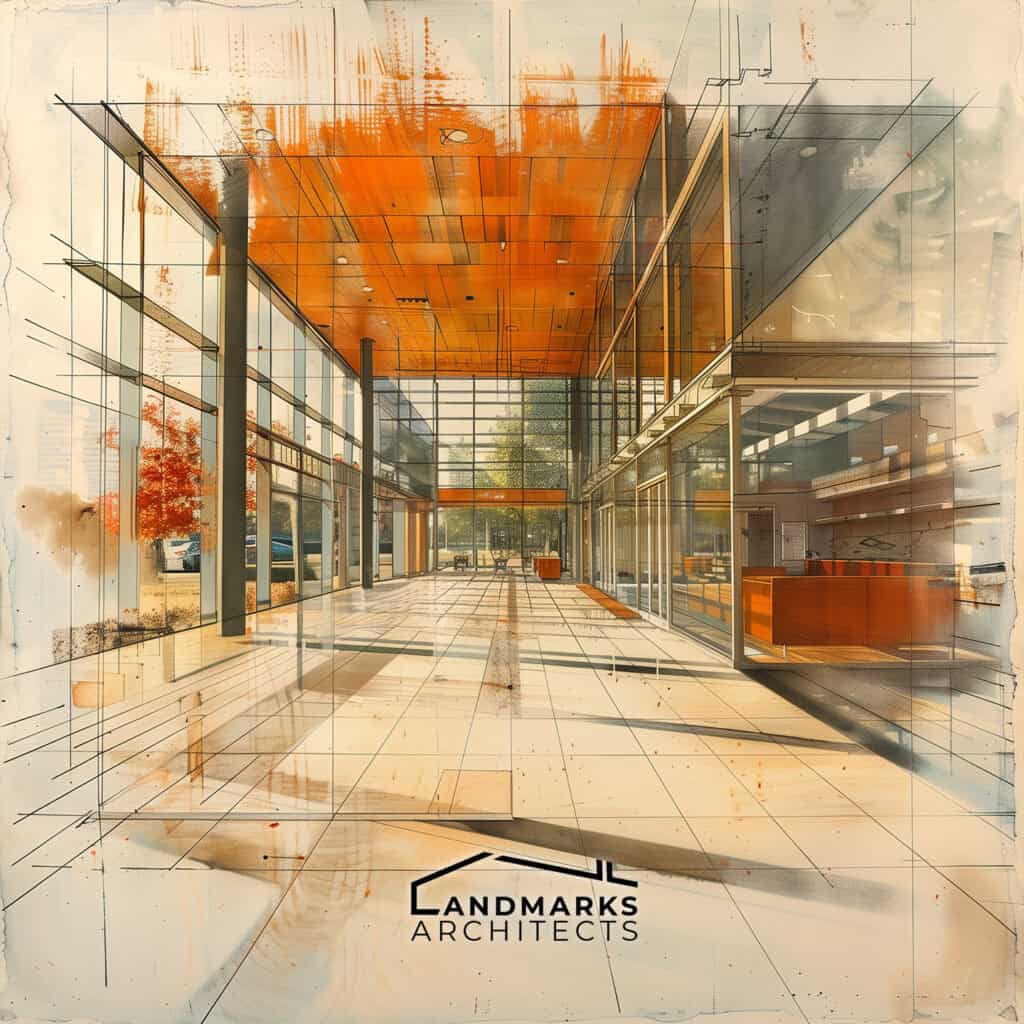
NPR diverges from strict realism, emphasizing artistic expression. Techniques such as cel-shading, line drawing, and watercolor rendering are utilized to convey specific moods or aesthetics, providing architects with tools for stylized representation.
3. Real-Time Rendering
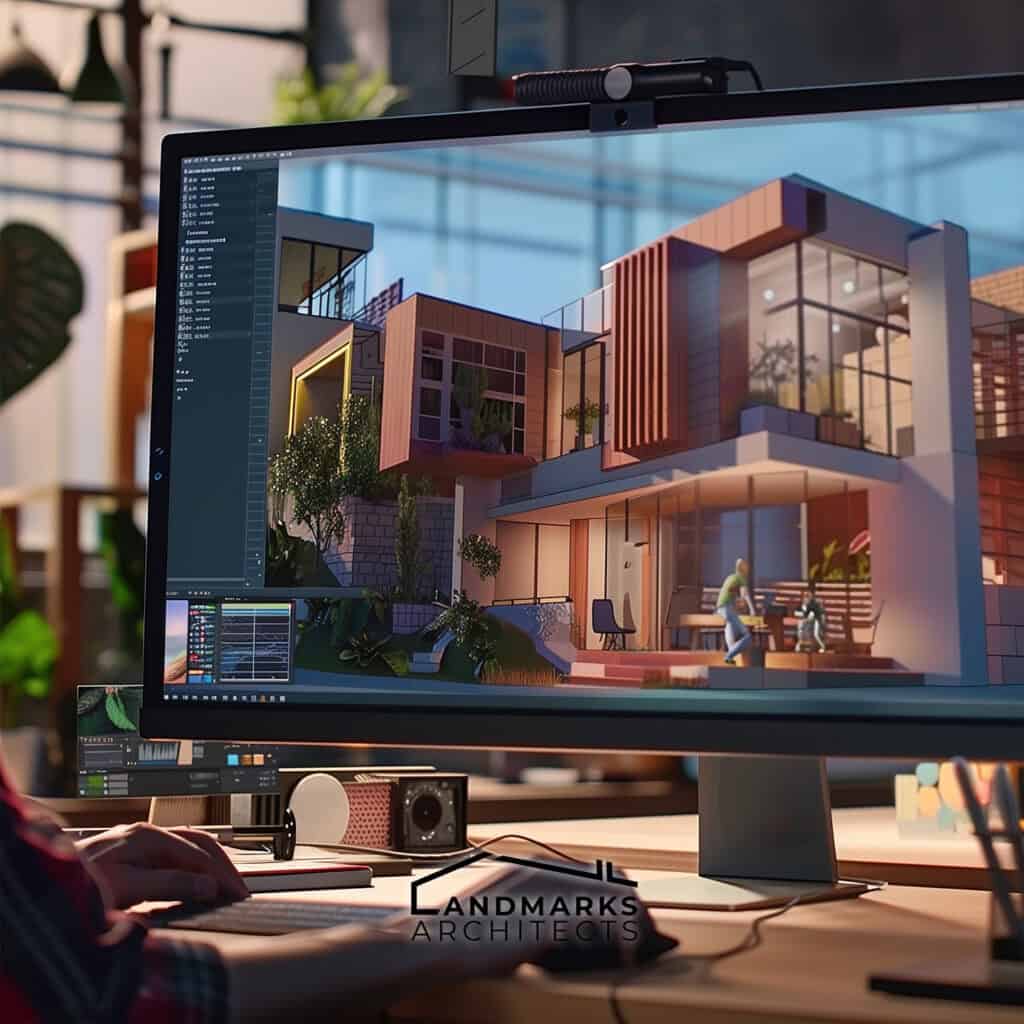
Real-time rendering dynamically generates images, enabling architects to visualize designs instantly and iterate rapidly. This approach is invaluable for collaboration, client presentations, and virtual walkthroughs, facilitating quick decision-making and immersive experiences.
Animation Techniques
Flythroughs: Create animations known as flythroughs that simulate the sensation of navigating through or around a structure. By guiding viewers through a digital environment, these animations offer a comprehensive grasp of spatial relationships within the built environment.
From the impressive scale of expansive atriums to the detailed layout of individual rooms, viewers can explore and understand the flow and functionality of architectural spaces in unprecedented detail.
Walkthroughs: Unlike flythroughs’ bird’s-eye perspective, walkthroughs offer a ground-level exploration of architectural environments. Picture yourself strolling through corridors, ascending staircases, and entering rooms, all from a first-person viewpoint.
Walkthroughs, akin to guided tours, plunge viewers into the heart of the design, allowing them to experience the space as if they were physically present.
Cinematic Animations: Cinematic animations are the epitome of visual sophistication, blending narrative-driven sequences with architectural visualization. Through carefully choreographed scenes, these animations evoke emotions, convey design concepts, and evoke the intended atmosphere of a project.
Whether portraying the bustling activity of a commercial complex or the serene ambiance of a residential retreat, cinematic animations captivate viewers and leave a lasting impression.
Virtual Reality in Architecture
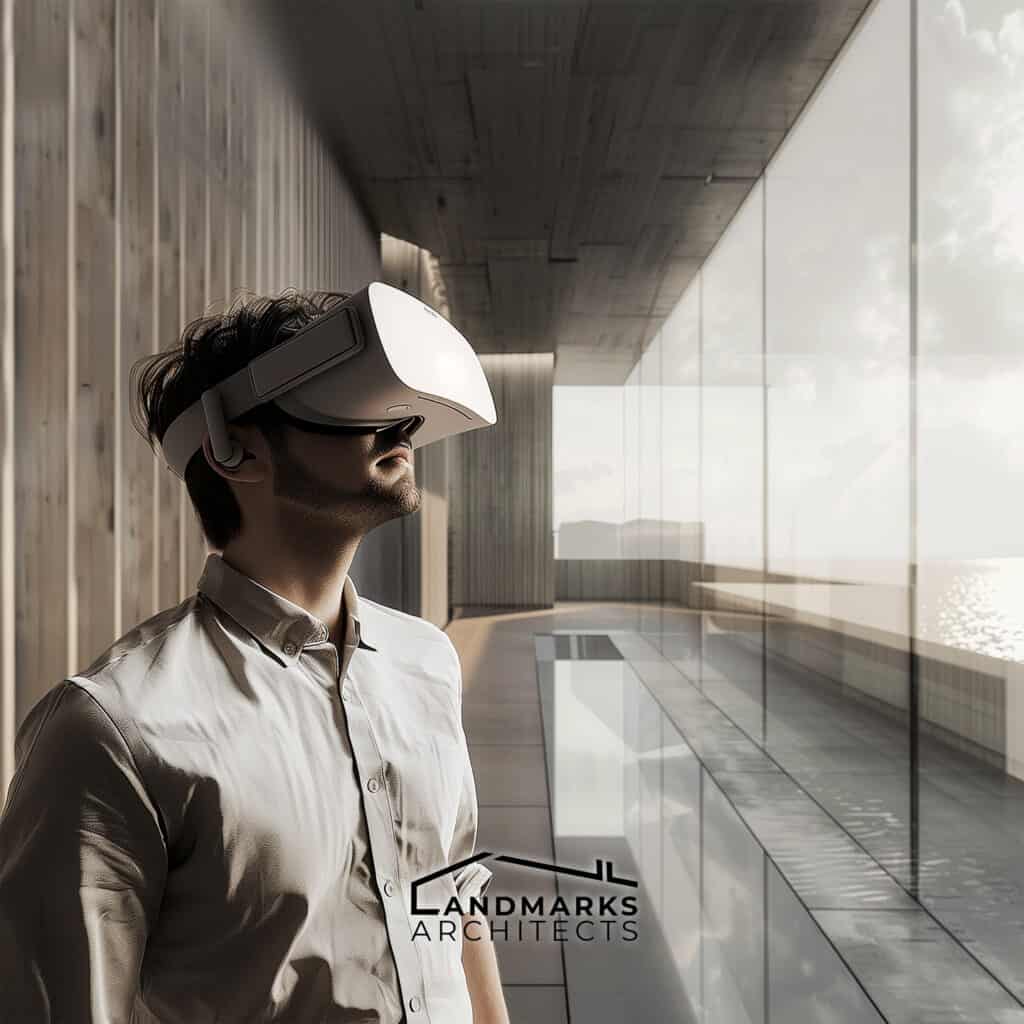
Virtual reality (VR) is a technology that simulates a three-dimensional environment and allows users to engage and interact with a three-dimensional architectural space and experience it as if they were physically present. In architecture, VR finds extensive application, revolutionizing the design process and client interactions.
The emergence of virtual reality experiences in architectural visualization signifies a transformative advancement in how buildings are conceived, designed, and experienced. By generating realistic simulations, virtual reality fosters creativity, facilitates informed decision-making, and contributes to the development of meticulously crafted built environments.
As virtual reality technology advances, its integration into architectural visualization is anticipated to expand significantly, reshaping the future direction of the industry.
Benefits of Animations and Virtual Reality Technology
- Enhanced Communication: Animations and VR improve communication by providing immersive experiences that help all parties better understand and visualize designs.
- Facilitated Decision-Making: Realistic representations enable stakeholders to assess projects comprehensively and make informed decisions about design elements and layout.
- Early Issue Identification: VR and animations help architects identify and address design flaws and spatial conflicts early, minimizing errors and streamlining the project timeline.
Challenges and Limitations
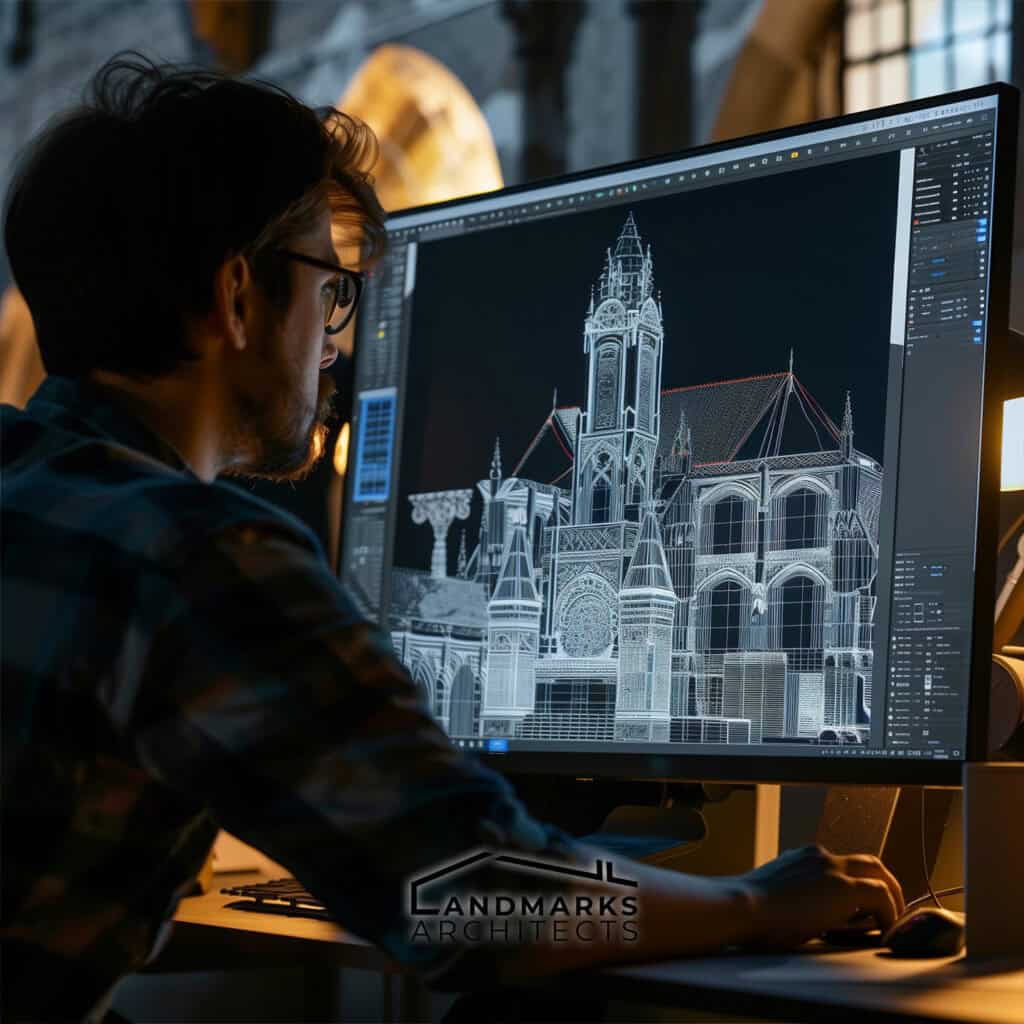
- Time and Resource Constraints: High-quality architectural animations and VR demand significant time and resources. Efficient management and optimized workflows are crucial to meet tight deadlines.
- VR Technology Limitations: VR requires costly hardware and specialized software skills, complicating its adoption for many practitioners.
- Fidelity and User Experience: Ensuring realism and user comfort in VR is vital, addressing issues like motion sickness and discrepancies with physical spaces.
Architecture Animation: A Recap

The impact of advanced technologies in architecture extends beyond mere visualization, serving as catalysts for innovation and transforming how design concepts are conceived, refined, and realized. By integrating dynamic elements such as movement, lighting, and scale, real estate developers can leverage architectural animation services to create compelling narratives.
However, challenges and limitations persist in architectural projects. In light of these opportunities and challenges, it is evident that architectural animation and VR technology are indispensable in the modern design process as we envision the future.










